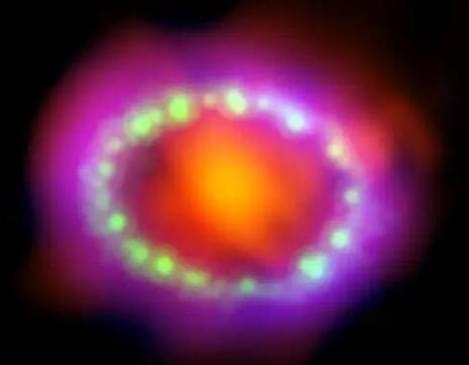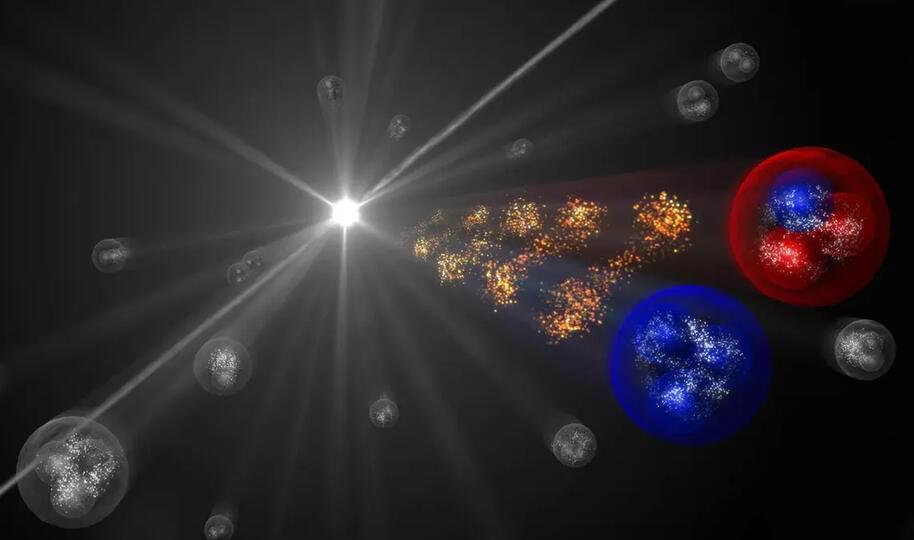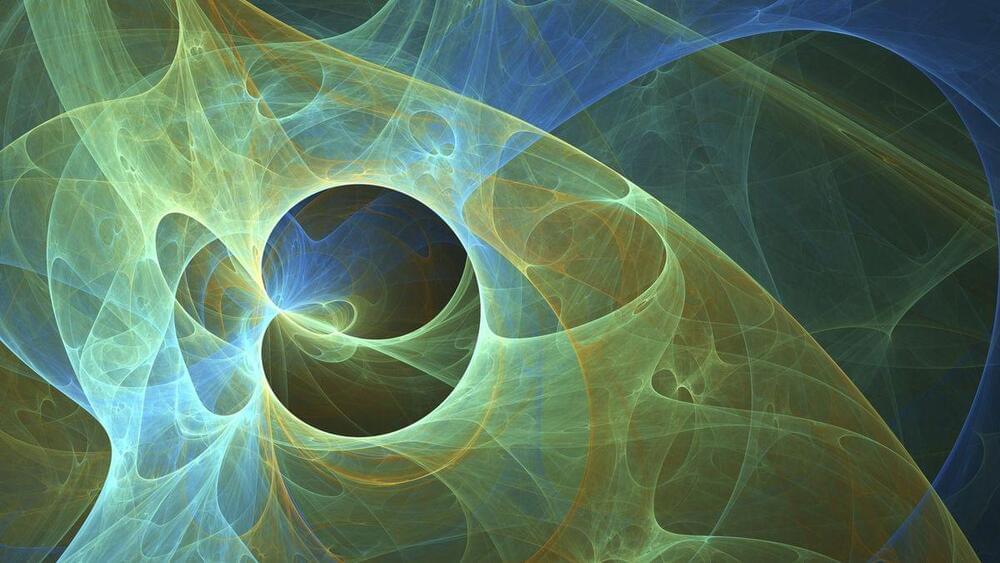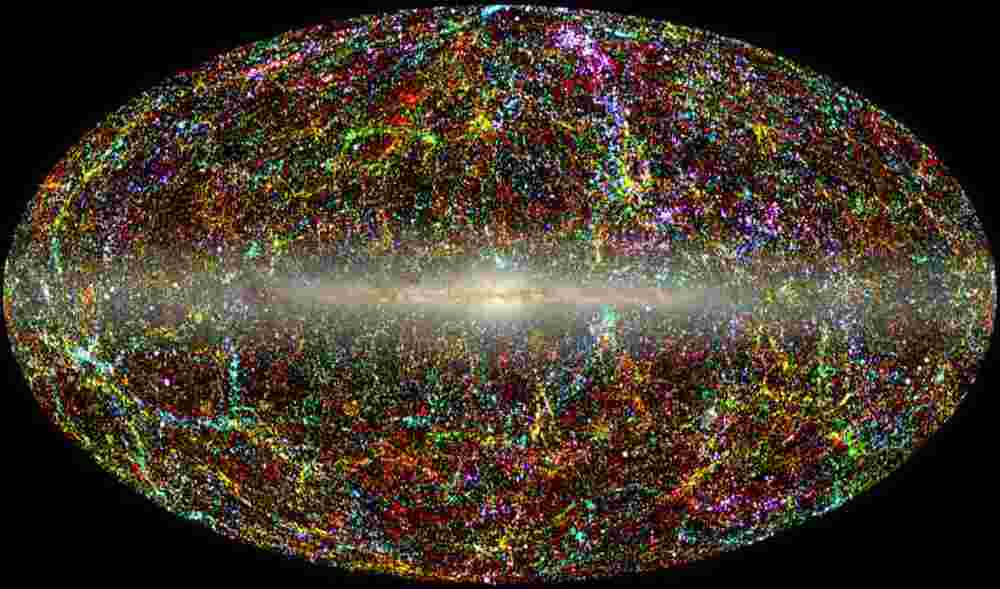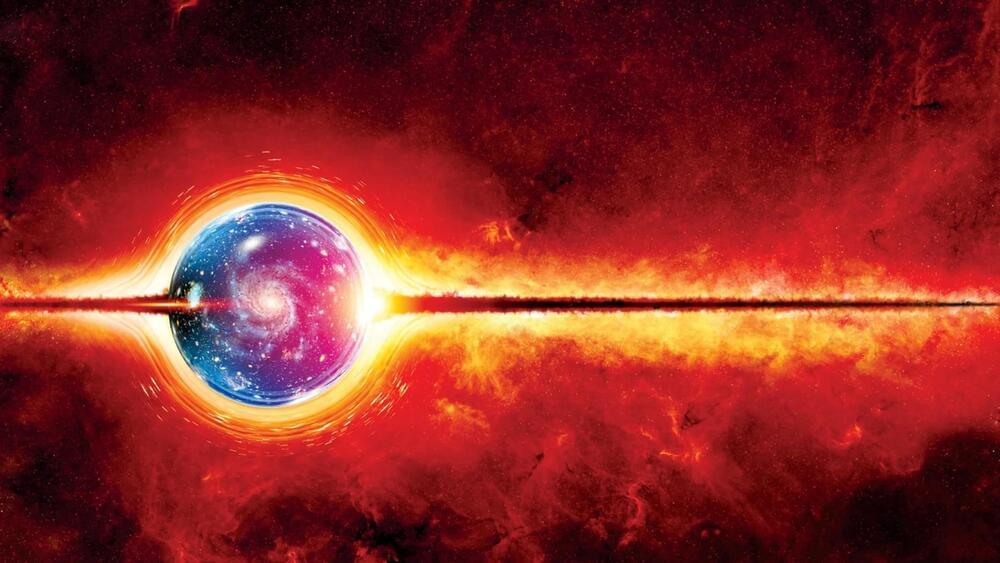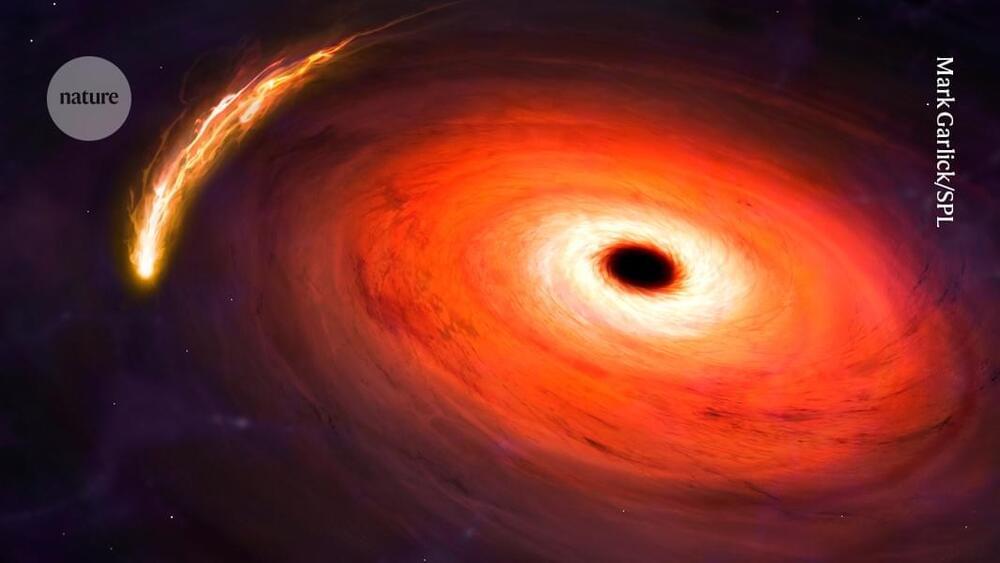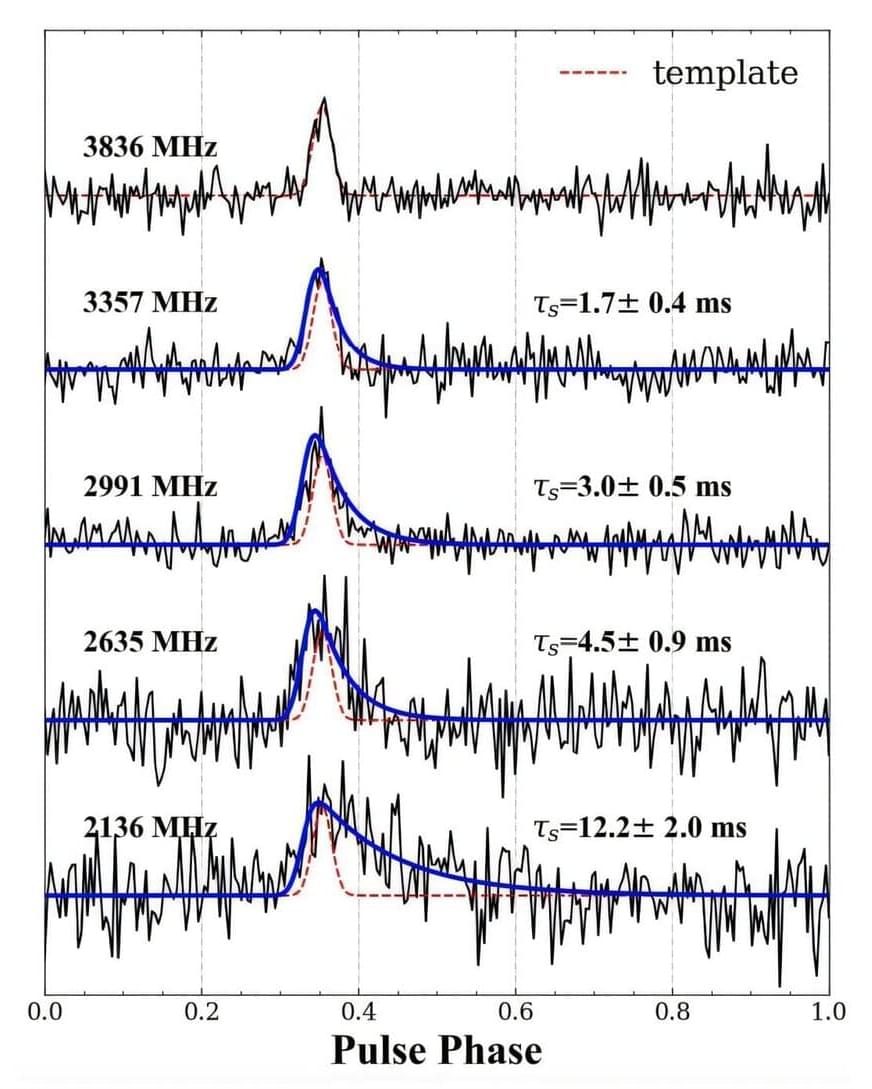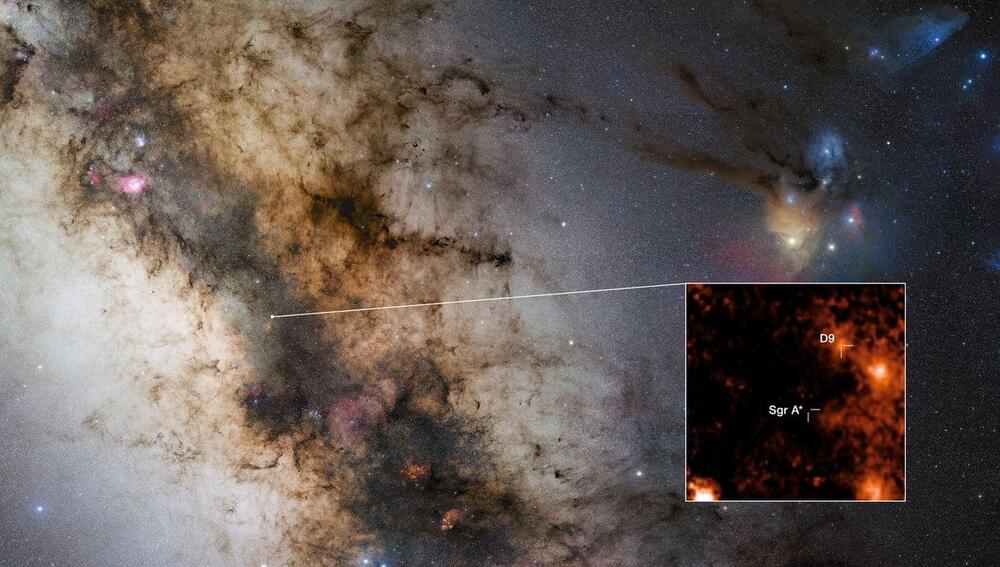The mystery of dark matter could be solved in as little as 10 seconds.
When the next nearby supernova goes off, any gamma-ray telescope pointing in the right direction might be treated to more than a light show – it could quickly confirm the existence of one of the most promising dark matter candidates.
Astrophysicists at the University of California, Berkeley predict that within the first 10 seconds of a supernova, enough hypothetical particles called axions could be emitted to prove they exist in a relative blink.
